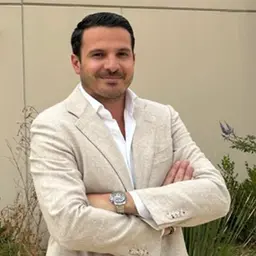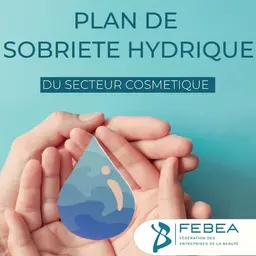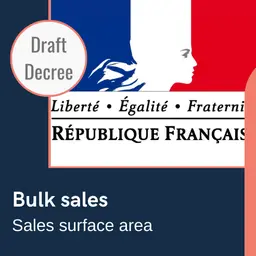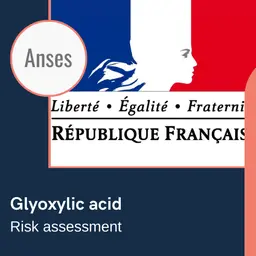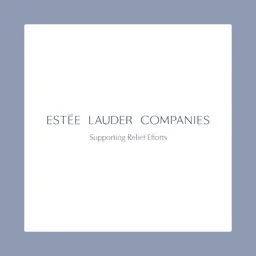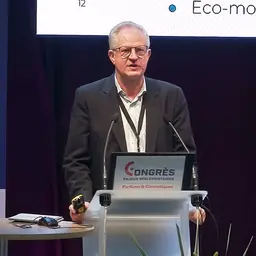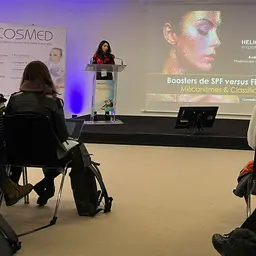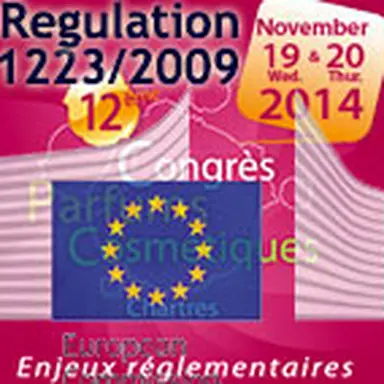
It came into force on July 11, 2013, but it has not been fully implemented yet. There are still numerous outstanding ‘details’, and not necessarily minor ones. Giulia Carlo, of the DG SANCO, came to the 12th Perfumes & Cosmetics Congress in Chartres, France, to present the work done so far… in the uncertain context resulting from the reorganization of the European Commission.
Giulia Carlo, of the Health Technology and Cosmetics Unit (Directorate-General Health & Consumers), first reminded that a European regulation has a global scope. All its elements have a mandatory character, and it is directly applicable in all Member States.
However, once it has entered into force, it is not fixed, and it is up to the European Commission to finalize its implementation, in particular to ensure its uniform application all around the Union. This is also valid for Cosmetics Regulation 1223/2009.
What the Commission was supposed to do
Giulia Carlo presented the various tasks incumbent upon the Commission as part of the implementation of the Cosmetics Regulation.
Executive powers
They are listed in the text of the Regulation:
• Adaptation of the definition of a nanomaterial to technical and scientific progress and to the definitions subsequently agreed at international level (Art.2.3)
• Addition of requirements as regards notification, taking into account technical and scientific progress and specific needs, including those for nanomaterials (Art.13.8 and 16.3)
• Extension of the scope of application of Annex IV (allowed colorants in cosmetic products) to hair colouring products (Art.14.2)
• Amendment of the Annexes regulating cosmetic ingredients (Art.31)
• Adoption of a list of …

